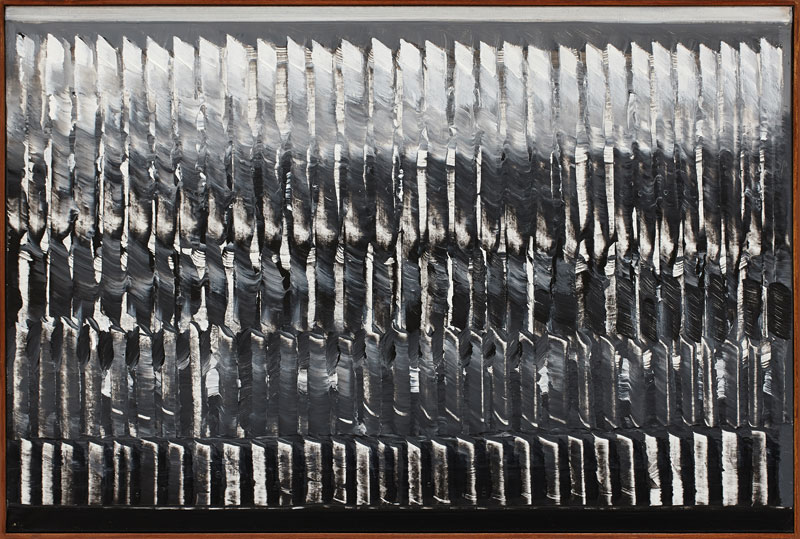A round-up of the week’s reviews and interviews
Sex and Drugs and Earthenware (detail; 1995), Grayson Perry. Courtesy the artist and Victoria Miro, London © Grayson Perry

Grayson Perry at Turner Contemporary (Joe Lloyd)
His earlier ceramics jostle with colliding words and images – Dadaist collages in three dimensions. They’re exuberant and frequently grotesque, with an overpowering sense of Perry’s cluttered intellect…Later pieces choose their target and stick to it. Chaos gives way to patterns and classification, the morass of ideas refined into clarity.
View from Mount Holyoke, Northampton, Massachusetts, after a Thunderstorm—The Oxbow (1836), Thomas Cole. Image: Wikimedia Commons, public domain

Crossing paths: the chance meeting that spawned ‘River Crossings’ (Jason Rosenfeld)
I found myself in the old American Wing in front of Thomas Cole’s magisterial and panoramic oil of 1836, View from Mount Holyoke, Northampton, Massachusetts, after a Thunderstorm, commonly called The Oxbow, and speaking to an overflow crowd. After fielding numerous questions from museumgoers, a man approached. He wore a rucksack, and his blue jeans and trainers were splattered with paint. He praised my presentation and asked for my details, saying he wanted to send me a present.
Fit for a Sun King: the Latona Fountain reopens at Versailles (Caroline Rossiter)
This is the year of Louis XIV – the 300th anniversary of the great monarch’s birth. Good timing then, for the reopening of the newly restored Latona Fountain, the centrepiece of Versailles’ gardens. On 18 May, the artisans, engineers and artists responsible for this three-year restoration were joined by Catherine Pégard, chairman of the Palace, and excited press for the grand mise en eau.
John Aubrey on architecture: centuries old and more relevant than ever (Otto Saumarez Smith)
Aubrey was boundlessly interested in an array of subjects, ranging from astrology to biography through linguistics and pedagogy, but I was particularly struck by his writing about architecture. His descriptions of old buildings are evocative and humane. They still feel relevant, and perhaps even inspirational, for how we might think and write about the architecture of the past.
Dynamische Struktur schwarz-weiß (1957–58), Heinz Mack. Photo: Artist’s studio. Courtesy: Cortesi Gallery

‘Zero Atmosphere’ at Cortesi Gallery, London (Rosalind McKever)
An interest in light, which is at the intangible heart of Zero, permeates the exhibition. Vigo’s Cronotopo (1965) is placed by the window, allowing light to transform this glass-based work constantly. Gruppo MID’s Generatore di line traccianti (1966) swirls dynamic geometric lines into being at the touch of a button.
First Look: ‘Gold and Ivory’ at Louvre-Lens
Medieval exhibitions have often centred on national art, without examining the questions of international interactions and stylistic influences – apart from those going from Italy into Europe. For the first time, this exhibition will focus on foreign influences on Italian art. We will focus on the way styles can travel even when the artists don’t, in a time of urban growth and trade expansion.
Casting a Queen: Louis XIV’s forgotten wife (Wolf Burchard)
Women were the only weakness that trumped Louis XIV’s passion for art and war. A string of mistresses streaming in and out the royal bedchamber ensured that large parts of the kingdom were apprised of the sovereign’s manliness. Some of these mistresses, both the official and non-official, have received ample scholarly coverage, while the king’s most official female companion – his queen – has largely been forgotten. Marie-Thérèse of Spain, a Habsburg princess who married Louis XIV in June 1660 (both were 21), was too well behaved to be remembered.






